A glossary of haberdasher’s words & sewing terms:
Appliqué –
ornamental needlework in which pieces of fabric are sewn or stuck on to a larger piece to form a picture or pattern.
Awl –
awla small pointed tool used for piercing holes, especially in leather.
Backstitch –
a stitch sewn one stitch length backward on the front side and two stitch lengths forward on the reverse side to form a solid line of stitching on both sides.
Baste –
to temporarily hold a seam or trim in place until it can be permanently sewn, usually with a long running stitch made by hand or machine called a tacking stitch or basting stitch.
Batting –
quilt batting is used in various sewing and quilting projects, is also known as wadding. It is used as a layer of insulation between fabrics, most often used in quilt making. Batting is the filling of quilts and makes them warm and heavy.
Bias Tape –
strips of fabric that have been cut on the bias of fabric. Bias Tape is available in various widths – in both single fold and double folded forms.
Binding –
binding refers to finishing a seam or hem of a garment, usually by rolling or pressing then stitching on an edging or trim.
Blanket Stitch –
a stitch used to reinforce the edge of thick materials. It may also be called a whip stitch or a crochet stitch, and can be better defined as “a decorative stitch used to finish an unhemmed blanket”.
Bobbin –
a cylinder or cone holding thread, yarn, or wire, used especially in weaving and machine sewing.
Button –
buttona small disc or knob sewn on to a garment, either to fasten it by being pushed through a slit made for the purpose or for decoration.
Buttonhole –
a slit made in a garment to receive a button for fastening.
Chain Stitch –
an embroidery or crochet stitch resembling a chain.
Chalk –
hardened chalk or soapstone used to make temporary guide marks on a garment that is being altered.
Cloth –
woven or felted fabric made from wool, cotton, or a similar fibre.
Cotton –
a soft white fibrous substance which surrounds the seeds of the cotton plant and is made into textile fibre and thread for sewing.
Crewel –
a thin, loosely twisted, worsted yarn used for tapestry and embroidery.
Crochet –
a handicraft in which yarn is made up into a textured fabric by means of a hooked needle.
Cross Stitch –
a stitch formed of two stitches crossing each other.
Cuff –
the end part of a sleeve, where the material of the sleeve is turned back or a separate band is sewn on.
Darts –
a sewing technique that helps fabric fit properly to the body, especially for a woman’s bust. One technique that does this is the dart, which is usually two straight stitch lines that bring together a fold of fabric.
Dress Form –
a paper, cloth, or wire representation of a woman’s figure from shoulder to thighs but minus arms that is mounted on a stand and used for fitting garments.
Dressmaker –
a person whose job is making women’s clothes.
Elastic –
elasticcord, tape, or fabric, woven with strips of rubber, which returns to its original length or shape after being stretched.
Embroidery –
ornamentation of fabric with needlework, or decorate by sewing patterns on the fabric with thread.
Fabric –
cloth produced by weaving or knitting textile fibres.
Fashion –
a popular or the latest style of clothing, hair or decoration.
Fastener –
a device, such as a clip, pin, or clasp, that attaches something firmly to something else.
Feed Dog –
a critical component of a “drop feed” sewing machine.
Frog Closure –
a sewing notion that can be used, like a button to close a garment. It’s made by looping and interlocking the cording or fabric tube into the desired design, then securing the places where the cords touch by hand-sewing.
Garment –
an item of clothing.
Gathering –
a sewing technique for shortening the length of a strip of fabric so that the longer piece can be attached to a shorter piece.
Grommet –
an eyelet placed in a hole to protect or insulate a rope or cable passed through it or to reinforce the hole.
Gusset –
a piece of material sewn into a garment to strengthen or to enlarge a part of it.
Hand Stitch –
to stitch or sew by hand, rather than by machine.
Hem –
hemthe edge of a piece of cloth or clothing which has been turned under and sewn.
Hook and Eye –
a small metal hook and loop used together as a fastener on a garment.
Hook and Loop –
A type of fastener, either self adhesive, tock and close or hook and pile fasteners, colloquially known as Velcro.
Hoop –
embroidery hoops and frames are tools used to keep fabric taut while working on embroidery or other forms of needlework.
Inseam –
another term for inside leg.
Interfacing –
an extra layer of material or an adhesive stiffener that is applied to the facing of a garment to add support. Also known as interlining.
Iron –
a strong, hard magnetic silvery-grey metal, used as a material for construction and manufacturing, or to iron out kinks in garments.
Knit –
make (a garment or other item) by interlocking loops of wool or other yarn with knitting needles or on a machine.
Knot –
a fastening made by looping a piece of string, rope, or something similar on itself and tightening it.
Lace –
lacea fine open fabric of cotton or silk, made by looping, twisting, or knitting thread in patterns and used especially for trimming garments.
Linen –
cloth woven from flax.
Lock Stitch –
a stitch made by a sewing machine by firmly linking together two threads or stitches.
Needle –
a very fine slender piece of polished metal with a point at one end and a hole or eye for thread at the other, used in sewing.
Needlepoint –
closely stitched embroidery worked over canvas.
Notions –
items that are sewn or otherwise attached to a finished article, such as buttons, snaps, and collar stays, but the term also includes small tools such as thread, pins, marking pens, and seam rippers.
Overhand Stitch –
a stitch passing over an edge vertically
Overlock Stitch –
a kind of stitch that sews over the edge of one or two pieces of cloth for edging, hemming, or seaming.
Patchwork –
needlework in which small pieces of cloth in different designs, colours, or textures are sewn together.
Patterns –
a pattern is the template from which the parts of a garment are traced onto fabric before being cut out and assembled.
Pin –
a small thin piece of metal with a point at one end, especially used for temporarily holding pieces of cloth together
Pin Cushion –
Pin Cushiona small pad for holding pins in place
Pinking Shears –
shears with a serrated blade, used to cut a zigzag edge in fabric to prevent it fraying.
Pleat –
a double or multiple fold in a garment or other item made of cloth, held by stitching the top or side.
Pocket –
a small bag sewn into or on clothing so as to form part of it, used for carrying small articles.
Quilt –
a bed covering made of padding enclosed between layers of fabric and kept in place by lines of stitching, typically applied in a decorative design.
Ribbon –
a long, narrow strip of fabric, used for clothing, tying something, or for decoration.
Rotary Cutter –
a tool generally used by sewers, quilters and patternmakers. It consists of a handle with a circular blade to cut fabric.
Ruffles –
an ornamental gathered frill of lace or other cloth on a garment, especially around the wrist or neck.
Ruler –
a straight strip or plastic, wood, metal, marked at regular intervals and used to draw straight lines or measure distances.
Running Stitch –
a simple needlework stitch consisting of a line of small even stitches which run back and forth through the cloth without overlapping.
Scissors –
an instrument used for cutting cloth, paper, and other material
Seam –
a line where two pieces of fabric are sewn together in a garment or other article.
Seam Allowance –
saem allowancethe area between the edge and the stitching line on two (or more) pieces of material being stitched together. Can also be called an “inlay”.
Seam Ripper –
a small tool used for unpicking stitches, also known as a Quick-n-Pic.
Seamstress –
a woman who sews, especially one who earns her living by sewing.
Selvage –
an edge produced on woven fabric during manufacture that prevents it from unravelling.
Serger –
a sewing machine used for overcasting to prevent material from fraying at the edge.
Sewing –
join, fasten, or repair something by making stitches with a needle and thread or a sewing machine.
Sewing Machine –
a machine with a mechanically driven needle for sewing or stitching cloth.
Silk –
a fine, strong, soft lustrous fibre produced by silkworms in making cocoons and collected to make thread and fabric.
Smocking –
decoration on a garment created by gathering a section of the material into tight pleats and holding them together with parallel stitches in an ornamental pattern.
Snap Fastener –
another term for a press stud, a snap is a pair of interlocking discs, used in place of buttons to fasten clothing.
Spool –
a cylinder with a hole through the middle around which sewing thread is wound.
Stitch –
a loop of thread or yarn resulting from a single pass or movement of the needle in sewing, knitting, or crocheting.
Tack –
a long stitch used to fasten fabrics together temporarily, prior to permanent sewing.
Tailor –
a person whose occupation is making fitted clothes such as suits, trousers, and jackets to fit individual customers.
Tape Measure –
tape measurea length of tape or thin flexible metal, marked at graded intervals for measuring.
Tat –
make (a decorative mat or edging) by tying knots in thread and using a small shuttle to form lace.
Textile –
a type of cloth or woven fabric.
Thimble –
a small metal or plastic cap with a closed end, worn to protect the finger and push the needle in sewing.
Thread –
a long, thin strand of cotton, nylon, or other fibres used in sewing or weaving.
Top Stitch –
make a row of continuous stitches on the top or right side of a garment or other article as a decorative feature.
Trim –
decorate (something), typically with contrasting items or pieces of material.
Twill Tape –
a flat twill-woven ribbon of cotton, linen, polyester, or wool.
Upholstery Needle –
any of several very heavy sewing needles used by upholsterers.
Weave (or woven) –
form (fabric or a fabric item) by interlacing long threads passing in one direction with others at a right angle to them.
Yarn –
spun thread used for knitting, weaving, or sewing.
Yoke –
a shaped pattern piece which forms part of a garment, usually fitting around the neck and shoulders, or around the hips to provide support for looser parts of the garment, such as a gathered skirt or the body of a shirt.
Zig Zag Stitch –
a back-and-forth stitch used where a straight stitch will not suffice, such as in reinforcing buttonholes, in stitching stretchable fabrics, and in temporarily joining two work pieces edge-to-edge.
Zip –
a device consisting of two flexible strips of metal or plastic with interlocking projections closed or opened by pulling a slide along them, used to fasten garments, bags, and other items.





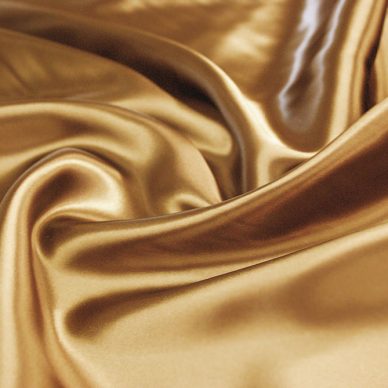
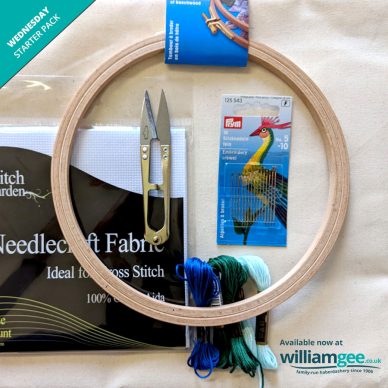
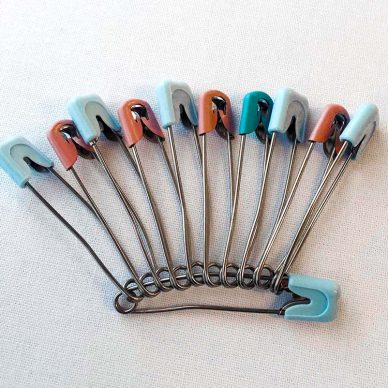
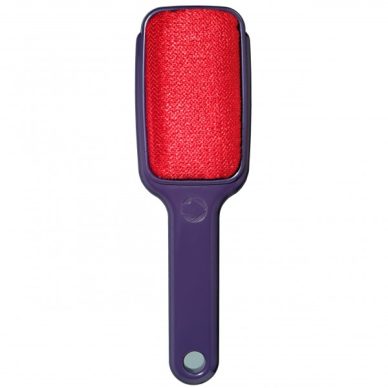
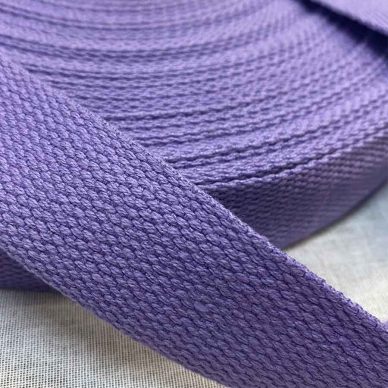
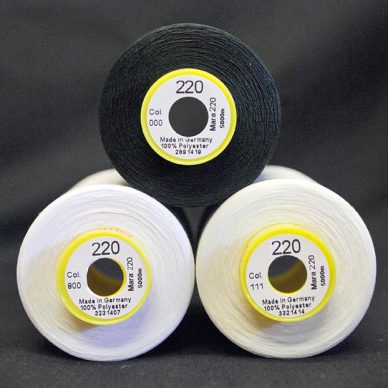
 We’re thrilled to announce that we’ve partnered with Tree Nation, the platform to reforest the world & fight climate change! Home to over 90 planting projects in 33 countries, Tree Nation is a non-profit organisation that helps people & companies offset their CO2 emissions.
We’re thrilled to announce that we’ve partnered with Tree Nation, the platform to reforest the world & fight climate change! Home to over 90 planting projects in 33 countries, Tree Nation is a non-profit organisation that helps people & companies offset their CO2 emissions.